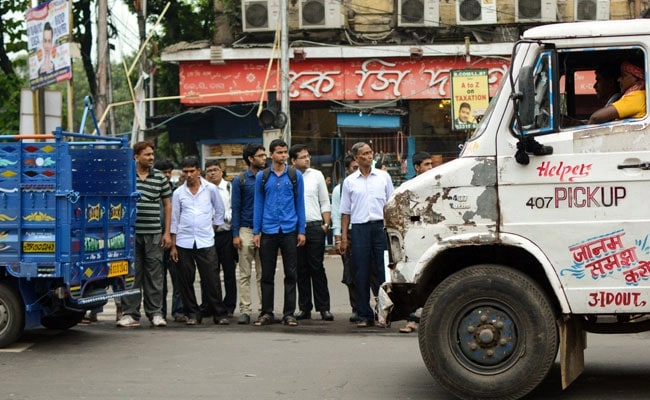In a significant move aimed at promoting local culture and language, the civic authorities in Kolkata have mandated the inclusion of Bengali on signboards across the city. This initiative underscores the importance of preserving and celebrating the Bengali language, which holds deep cultural significance in West Bengal. By ensuring that Bengali is prominently displayed, the Kolkata Municipal Corporation (KMC) hopes to foster a sense of identity and belonging among residents while also making the city more accessible to its native speakers.
The decision to require Bengali on signboards reflects a broader trend of recognizing the value of regional languages in urban spaces. In a city as diverse as Kolkata, where multiple languages coexist, this move aims to prioritize the local dialect, thereby enriching the cultural tapestry of the area. The civic body believes that by reinforcing the presence of Bengali in public spaces, it can enhance communication and understanding among the populace.
Moreover, this initiative can be seen as a response to the increasing globalization that often sidelines indigenous languages. The presence of English and other languages on signboards can sometimes overshadow the regional languages, leading to a dilution of local culture. The KMC’s decision to enforce the use of Bengali is a proactive step to counteract this trend, ensuring that the language remains an integral part of the city’s identity.
As this policy is implemented, it will likely encourage local businesses and organizations to embrace Bengali in their branding and communication strategies. This could lead to a renewed appreciation for the language, prompting more residents to engage with it in their daily lives. Ultimately, this effort by the Kolkata civic authorities not only aims to enhance the visibility of Bengali but also serves as a reminder of the rich heritage that the language represents in a rapidly changing world.




